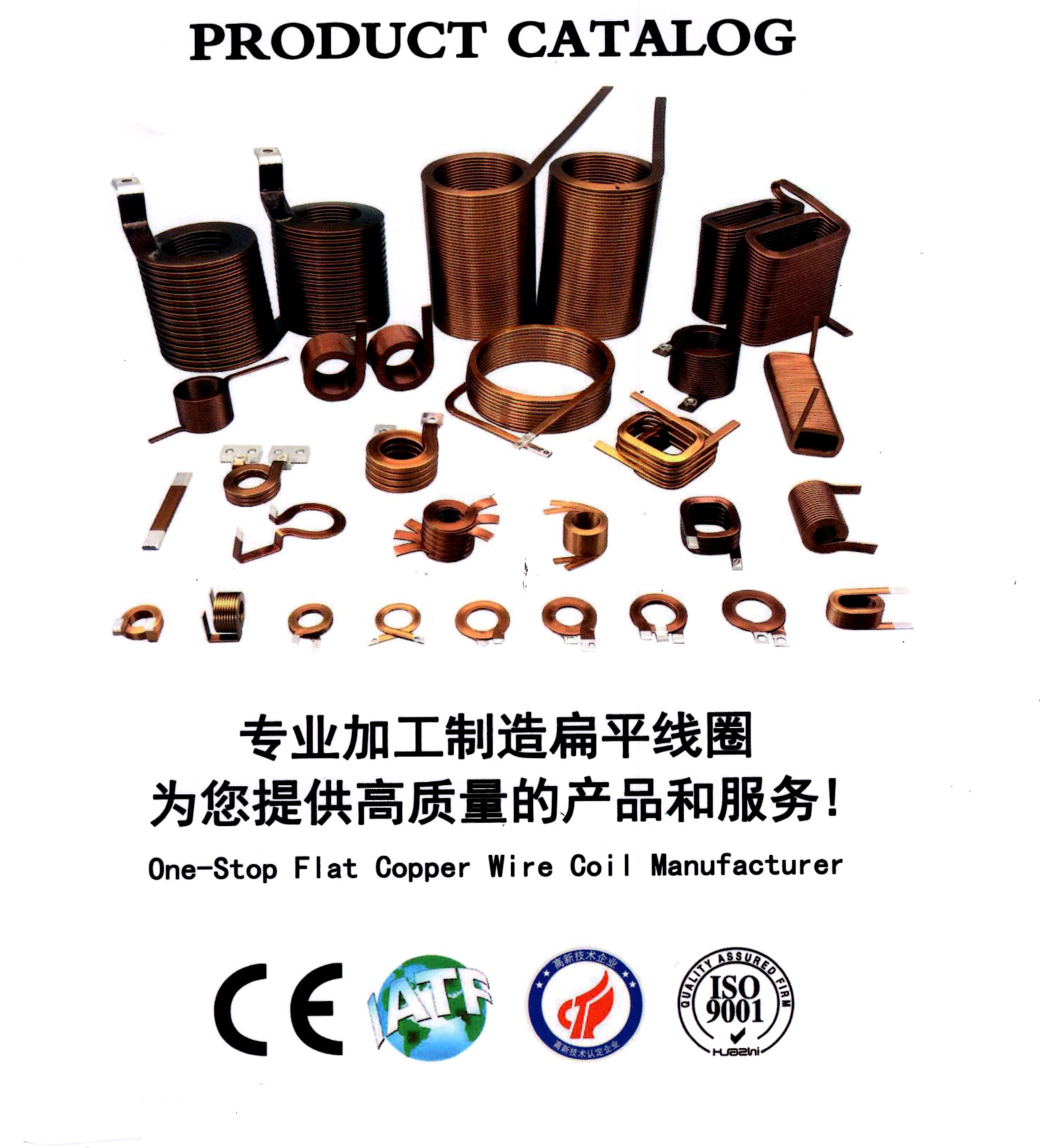As of the end of this year, nearly 20 billion Internet of Things and connected devices will be deployed globally, and another 10 billion will be added in the next four years. Enterprises have been a key market for IoT use in recent years, but long-term predictions indicate that in the 2020s, smart homes will likely become the main driving force for the growth of networking and IoT device deployment, and the number of connections will reach 50 billion. Smart homes are based on residential functions, based on new generation information technologies such as the Internet of Things, cloud computing, mobile Internet, and big data, and realize various perception and control scenarios related to family life through automated intelligent systems. The scale of my country's smart home market will show a trend of rapid growth in the next few years. According to the forecast of relevant research institutions, the scale of my country's smart home market will reach 22.7 billion US dollars in 2018. This huge "cake" has become an industry player. The focus of attention. Poor user experience has become a core pain point in the smart home field As consumers' demands for convenience, safety, and comfort in life continue to increase, traditional home appliance manufacturers, Internet giants and other companies have entered the smart home market from different angles and deployed extensively. At present, due to the popularity of WiFi networks in the home environment, smart home devices mainly adopt short-range communication technologies such as WiFi to achieve interconnection and intercommunication. Mainly face the following problems: One. Complex network configuration and poor user experience: The use of WiFi solutions for device networking requires relatively complex network configuration to achieve smart device networking, resulting in poor user experience and low device networking rates. Smart home companies urgently need configuration-free Network solutions; two. Unreliable network connection: In the indoor environment, the wall will cause a large attenuation of WiFi and other signals, so that some home smart devices such as kitchen appliances in the coverage blind area may not work normally because of the weak network signal; three. Unable to always be online: using short-range communication technologies such as WiFi, smart devices cannot be connected to the Internet at all times. When the WiFi device at home is powered off or malfunctions, it will cause the device to be disconnected, unable to provide users with intelligent services, and it is not convenient to complete the device. Life cycle management; four. Devices of different brands cannot be interconnected: Users usually purchase more than one brand, but manufacturers have their own systems. The transmission protocols used by each product are not uniform, resulting in the failure of equipment linkage and fragmentation of the smart home scene. Smart home solutions based on NB-IoT/eMTC effectively solve the above problems Based on the above problems, LPWA technology has gradually entered the smart home market. According to the prediction of relevant agencies, the total number of domestic white goods connected to the Internet will exceed 340 million by 2025, of which more than 105 million will be connected using LPWA technology, and the penetration rate will reach 30%. The smart home solution based on NB-IoT/eMTC has simple network configuration, and the device is always online, supports intercommunication and collaboration between devices, and provides customers with cloud-based smart home services. At the same time, the program can provide enterprises with one-stop services such as remote equipment management, data collection and data analysis. The basic communication kit (SDK) deployed on the terminal side provides encapsulated standard interfaces to provide enterprises with two data channels based on IP and non-IP to facilitate two-way communication between home smart devices and the cloud; the platform side provides remote management of devices for enterprises , Data collection and analysis and other services, and can be connected with the company's proprietary business platform to facilitate the company's application service expansion. The main advantages of smart home solutions based on NB-IoT/eMTC are as follows: One. More reliable network transmission: Based on the NB-IoT network, it can provide smart home devices with more reliable network transmission services. At the same time, the solution also optimizes the transmission protocol based on network characteristics, which can improve transmission efficiency and bring more to users. Excellent network service experience; two. Smarter user experience: Smart home networking no longer requires user configuration, and linkages between different smart home devices can be realized. For example, smart thermometers will automatically start smart air conditioners when the indoor temperature is too high, giving users a smarter experience; three. More complete life cycle management: Device networking based on NB-IoT can realize the "always online" of smart home devices, which is convenient for smart home companies to manage the full life cycle of devices from the factory to the scrapped; four. Higher data operation value: unified planning, management and control of smart home devices, to achieve interconnection and intercommunication between devices of different brands, to provide smarter life services. At the same time, through data collection and data analysis, it can realize the integrated analysis of different equipment and application data, and help enterprises to maximize the value of data operation; Fives. Lower development cost: Through the deep integration of the SDK and communication modules or communication chips, it is compatible with different communication modules or chips, and provides a unified interface for terminal applications, which simplifies the development workload of smart home companies and enables them to focus only on upper-level applications Development, no need to care about the underlying complex communication technology. Based on the above solution, there are currently the following application scenarios: Scenario 1: Smart home appliances Applied to smart home appliances with low data transmission, such as smart refrigerators, smart air conditioners, etc., remote control and data collection of devices can be realized through the NB-IoT/eMTC network. Take the smart air conditioner as an example. Users can remotely turn on the air conditioner at home through the mobile phone APP, and check the operation of the air conditioner in real time, so that they can directly enjoy a comfortable environment after returning home; Scene 2: Home security The smart security equipment installed in doors and windows can be connected to the Internet through the NB-IoT/eMTC network. When an outsider invades, it will immediately send an alarm message to the user. Similarly, it can be extended to areas such as flammable gas leakage and water leakage in kitchens and bathrooms. For example, once open flame smoke is found, the user can be alerted immediately and the fire extinguishing device at home can be activated at the same time. Outlook: Create scenario-based intelligent products and services The future development potential of the smart home market is huge. With the construction of the mobile Internet of Things and the maturity of the industry chain, smart home solutions based on NB-IoT/eMTC will gradually exert their unique advantages and break the gap between different devices through a unified transmission protocol. Connecting barriers facilitates smart home manufacturers to create scene-based intelligent products and services, and gradually establish industry data models to dig deeper into the value of massive user data. At present, the upstream and downstream of the smart home industry chain include basic operators represented by China Mobile, smart home equipment providers, module manufacturers, and chip manufacturers.
Litz Wire Typical applications are: high frequency inductor, transformer, frequency converter, fuel cell, the horse, communication and IT equipment, ultrasound equipment, sonar equipment, televisions, radios, induction heating, etc.In 1911, New England became the first commercial manufacturer in the United States to produce the Leeds line.Since then, New England has remained the world leader in providing high-performance Leeds line products and solutions to customers around the world.It is also transliterated as the "litz line".
Litz Wire,Copper Litz Wire,Copper Transformer Litz Wire,High Temperature Litz Wire YANGZHOU POSITIONING TECH CO., LTD. , https://www.cndingweitech.com
